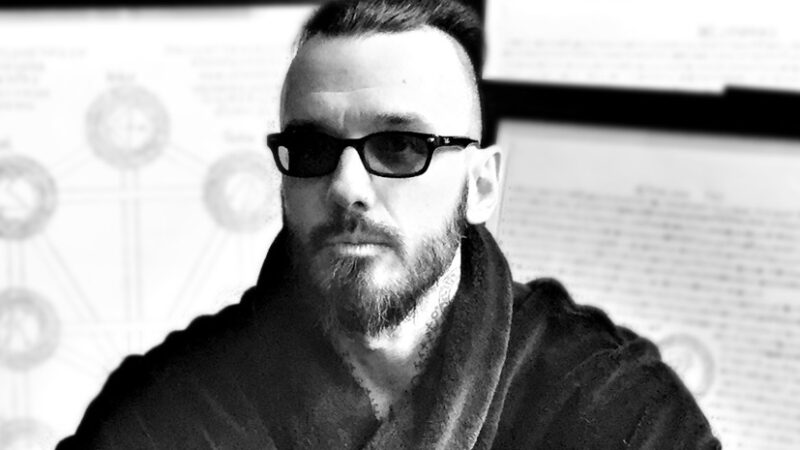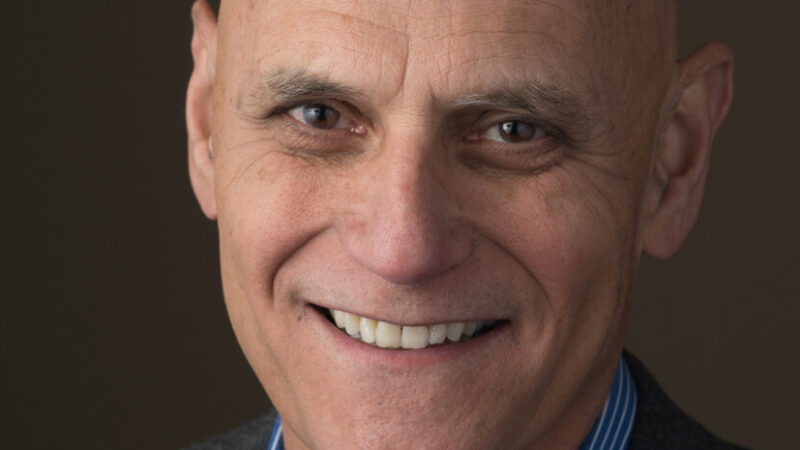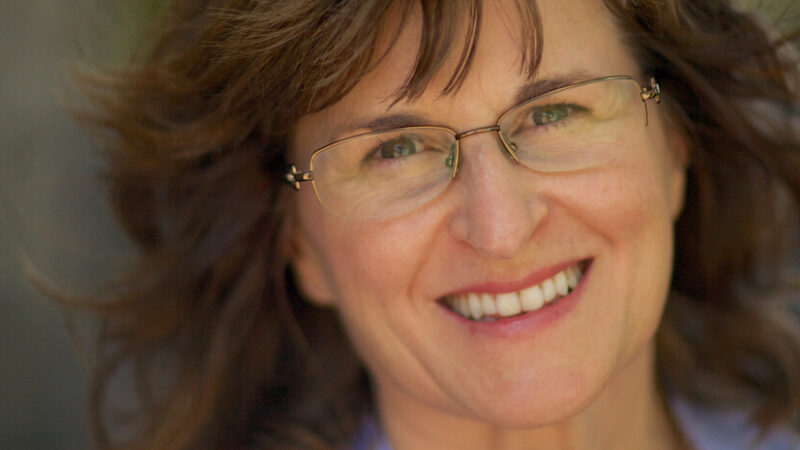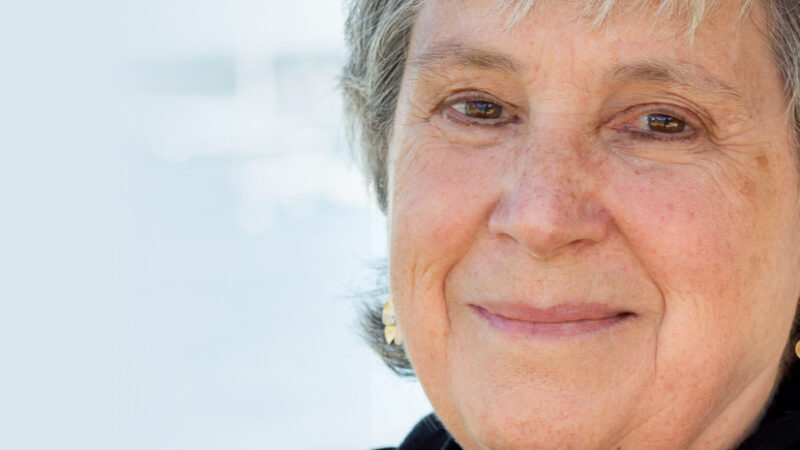Erica Ariel Fox: What if the Problem Is You? How to Wi...
Erica Ariel Fox is the author of the New York Times bestseller Winning from Within: A Breakthrough Method for Leading, Living, and Lasting Change. She is a negotiation lecturer at Harvard Law School and a senior advisor to Fortune 500 companies. Erica is a featured presenter in Sounds True’s Inner MBA program. In this podcast, she speaks with Tami Simon about her revolutionary approach to conflict resolution, how she defines “winning from within,” working with your “top team” of inner advisors, and much more.






